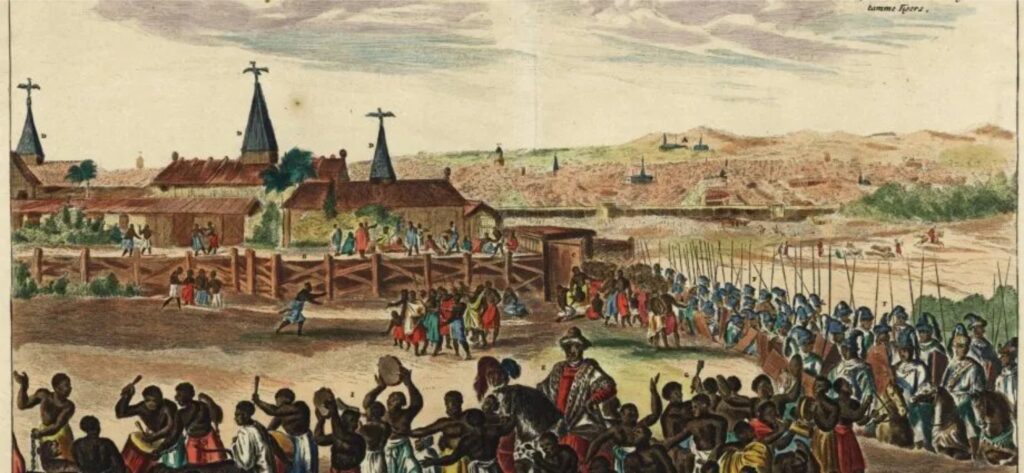For centuries, the Durbar has thundered through the streets of Northern Nigeria, draped in elegance, tradition, and the echo of hooves on sunbaked earth. Now, the world listens too. In July 2025, UNESCO officially added the Hausa-Fulani Durbar Festival to its Representative List of the Intangible Cultural Heritage of Humanity.
A Celebration Carved in Rhythm and Reins
The Durbar is not a mere parade. It is a royal procession, a spiritual homage, and a statement of identity. Rooted in the military displays of the pre-colonial emirates, the festival today brings together emirs, nobles, warriors, and their communities in a breathtaking display of pageantry.
Emirs appear on horseback, adorned in elaborate robes and turbans. Cavalrymen, some bearing centuries-old titles, gallop past on horses dressed in matching regalia. The Durbar is a dance of prestige, politics, and performance.
It is held during Eid al-Fitr and Eid al-Adha in cities like Kano, Katsina, Zaria, and Bauchi. For many communities, it also commemorates historical victories and renews allegiance to traditional institutions.
What UNESCO’s Recognition Means
The new UNESCO status places the Durbar in the company of other global cultural treasures such as Japan’s Kabuki theatre and Brazil’s Samba de Roda. It validates the cultural depth of the tradition and strengthens calls for its preservation.
For Nigeria, it also signals a broader recognition of indigenous festivals beyond their tourist appeal. It spotlights the Durbar as an evolving, living practice that communicates ancestral values, communal leadership, and Islamic heritage in a uniquely West African voice.
Northern Royalty in Full Splendor
Many of Nigeria’s prominent monarchs have played central roles in the preservation of the Durbar. The Emir of Kano, Alhaji Aminu Ado Bayero, continues a lineage of ceremonial leadership that dates back to the 19th-century Fulani Jihad. His predecessors, such as Emir Muhammadu Sanusi I and II, helped modernize the image of the monarchy while still anchoring the Durbar as a pillar of Hausa-Fulani identity.
The Emir of Zazzau, the Shehu of Borno, and other traditional rulers across the North use the festival as a platform to engage with their people, affirm religious ties, and showcase historical continuity.
Durbar in the Age of Influence
In recent years, drone footage and Instagram stories have brought the Durbar to global audiences. Young photographers and filmmakers are capturing the energy from angles never imagined by earlier generations. Artisans who craft horse regalia, blacksmiths, drummers, and royal praise singers are gaining renewed relevance.
UNESCO’s recognition could mean greater investment in cultural education, museum curation, and tourism infrastructure around these festivals. It may also encourage documentation of oral histories and performance techniques that are in danger of fading.
A Crown That Rides
The Durbar tells the story of a people who have never let go of their rhythm. Its thundering gallops remind us that tradition can ride alongside modernity. With this recognition, the world now rides along too.
—
References
UNESCO Intangible Cultural Heritage List (Durbar entry expected update): https://ich.unesco.org/en/lists
“Durbar Festival: Northern Nigeria’s Heritage Parade” – https://guardian.ng/life/the-durbar-festival-a-spectacle-of-northern-nigeria
“Hausa-Fulani Festivals and Their Significance” – https://www.premiumtimesng.com/opinion/620456-northern-nigeria-should-prioritise-cultural-preservation.html
“Emir Muhammadu Sanusi and the Legacy of the Kano Throne” – https://www.bbc.com/news/world-africa-51803056


